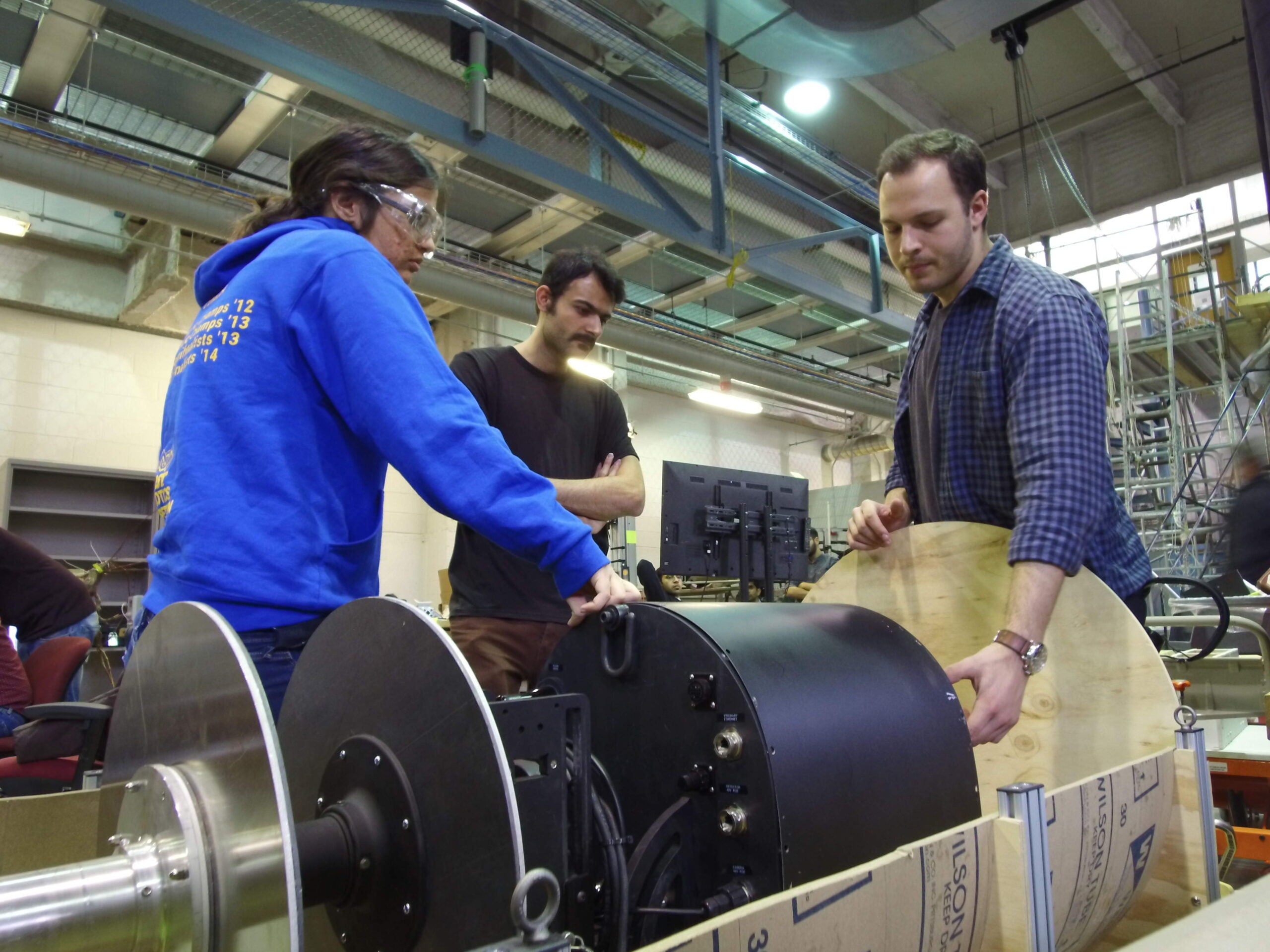The Energy sector is frequently involved in carrying out industrial operations, challenging maintenance and repair crews by the day.
Autonomous robots are utilised to carry out maintenance and repair jobs in and around the energy sector including oil rigs, facilities, nuclear reactors, power generation sites, utility facilities and transmission sites.
Energy companies are employing the use of autonomous robots across these sites, analysing data that prevents the robots from steering into dangerous obstacles, making logical decisions, and carrying out tasks that would usually be too dangerous for humans. These robots carry out checks on equipment and infrastructure inside facilities, reducing the hazards involved with sending employees to undertake such risky tasks.
Decommissioning uranium-rich nuclear sites
Autonomous robots are being handed the job of carrying out radiation detection for the uranium-rich nuclear plant in Ohio.
These autonomous robots come in pairs and will be utilised to identify uranium deposits inside pipes located within the former uranium enrichment plant for the US Department of Energy (DOE). The site spans an area of 3,778 acres; the robots will measure the levels of radiation being emitted from inside the pipes.
The plant was in operation between 1954 and 2013, producing uranium enrichment. The plant is the largest under roof facility under the banner of the DOE, possessing over 75 miles of process pipe. This particular task have proven challenging over the past few years with human workers manually taking 1.4 million measurements on the pipe.
What kind of robot is this?
The two robots being developed for this task are called RadPiper, built by the university with a deadline to be ready for use at the decommissioning site in May 2018.
Carnegie Mellon University’s Robotics Institute developed the robots RadPiper and has a large pool of experience under their belt regarding the development and implementation of robots for cleaning nuclear sites.
The robot has the capability of taking measurements of radiation levels with a higher accuracy by crawling along the inside of the pipe compared to what is possible from the outside. The robots traverse the inside of the pipes using flexible pathways as they are not tethered, leveraging light detection and ranging (LIDAR) and fisheye camera to identify any blockages.
Each foot-long section of the pipe is scanned using a disc-collimated radiation sensor – developed by the Carnegie Mellon Research Institute – by the robot as it crawls through to measure the levels of radiations; the sections with high-levels are detected, removed and then decontaminated. The sections that are the all clear of dangerous radiation are then safely demolished.
There is hope amongst the researchers that if the RadPiper robots are successfully used in this decommissioning project, they will be used in a similar nuclear plant in Paducah, Kentucky.




